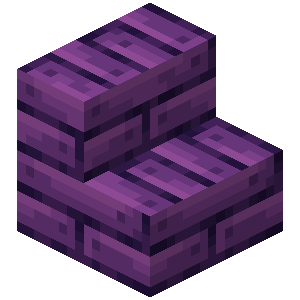Model Rendering
hexdoc includes a fairly advanced module for rendering block models. It runs by default when building a web book, but you can also use it as a standalone tool with a bit of configuration.
For a complete example, see examples/model_rendering in hexdoc's GitHub repo.
Setup
- In a virtual environment, install the following Python packages:
hexdoc>=1!0.1.0a15hexdoc-minecraft~={GAME_VERSION}.0.dev(eg.hexdoc-minecraft~=1.19.2.0.dev)
tip
For example, the following command should successfully install the right packages for rendering models with Minecraft 1.20.1:
pip install hexdoc hexdoc-minecraft~=1.20.1.0.dev
-
Create a
hexdoc.tomlconfig file:hexdoc.toml#:schema https://hexdoc.hexxy.media/schema/core/Properties.json
# for standalone model rendering, just leave this as "hexdoc"
modid = "hexdoc"
resource_dirs = [
# path(s) to "resources" folders, resource packs, and/or mod jars where your models and textures are located
"resources",
{ glob="mods/*.jar" },
# required if your models depend on vanilla resources
{ modid="minecraft" },
{ modid="hexdoc" },
]
# folder where loaded resources (not rendered models) should be copied to
export_dir = "out/export"
[textures]
strict = false
missing = [
# add item/block/model IDs to ignore missing or broken models
"emi:*",
]
Usage
# render all available models
hexdoc render-models --all
# render a specific model
hexdoc render-model minecraft:block/stone
# render several specific models (since 1!0.1.0a16)
hexdoc render-models minecraft:anvil hexcasting:amethyst_sconce
Example renders
